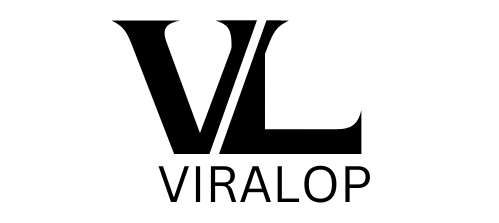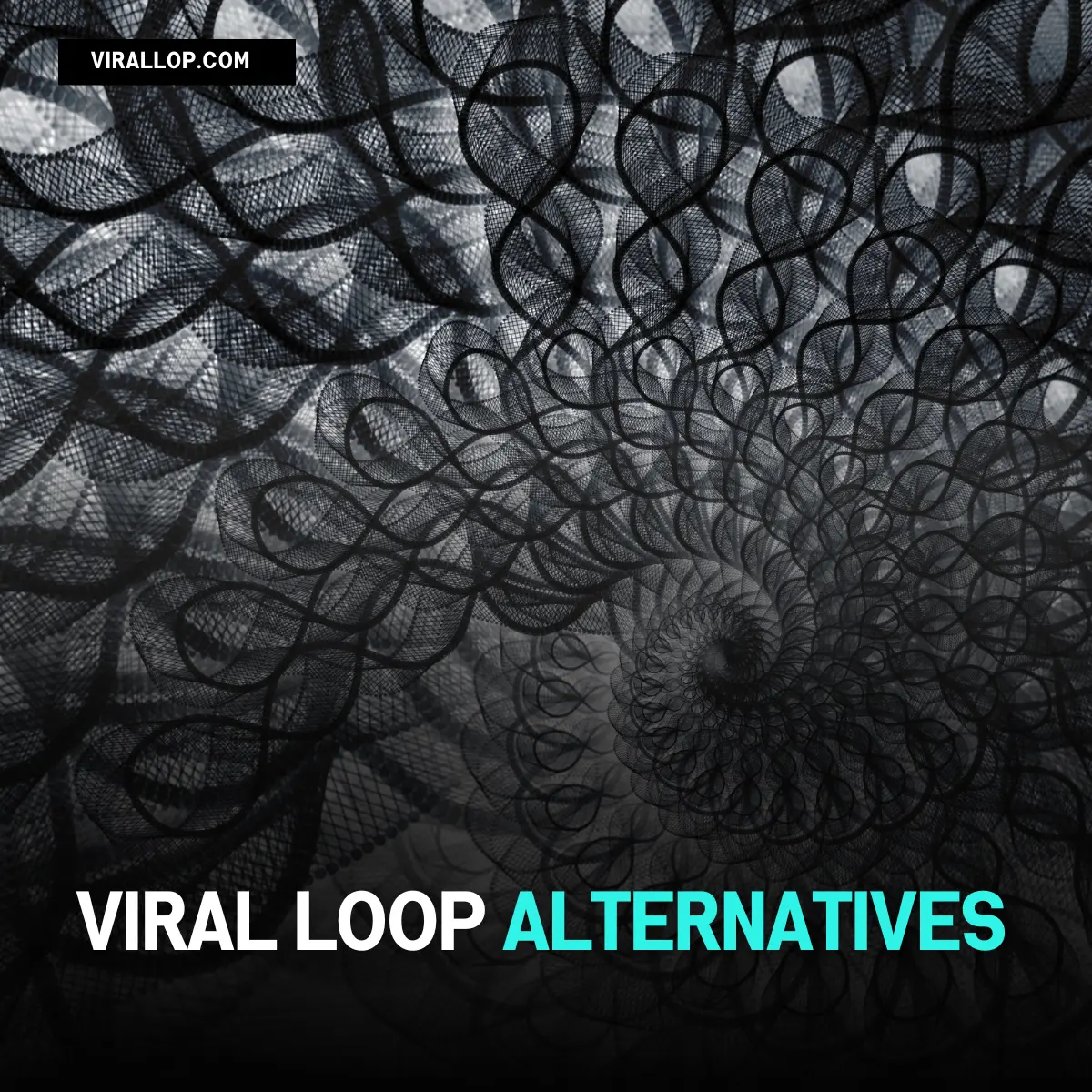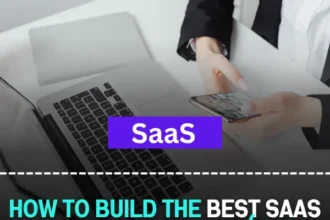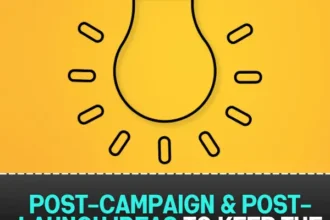You’ve probably heard the buzz: “Build a viral loop and your product will market itself.”
That’s not wrong—but here’s the truth: viral loops aren’t always the best (or only) growth strategy.
Maybe your product doesn’t have natural virality baked in. Maybe your audience isn’t very referral-happy. Or maybe you’re just not seeing the traction you expected.
The good news? There are powerful viral loop alternatives that can still drive scalable, sustainable growth.
Let’s walk through them — with clear examples and how to apply them to your business.
🧠 Key Takeaway
You don’t need to go viral to grow.
Viral loops are powerful—but they’re not a magic pill. If your product or user behavior doesn’t naturally support virality, it’s smarter to build a hybrid growth engine using alternatives like content, partnerships, lifecycle email, and community.
Start where your audience already hangs out. Lean into what makes your product truly valuable. And layer your strategies so you’re not reliant on just one growth lever.
First, Why Look for Alternatives to Viral Loops?
Viral loops work best when:
- Your product is inherently shareable (social apps, tools, marketplaces)
- There’s instant value in inviting others
- The network effect makes the product better as more people join
But if that’s not your scenario, forcing a viral loop may just frustrate users—or worse, damage trust.
Here’s where alternative growth models come into play.
🚀 7 Proven Alternatives to Viral Loops
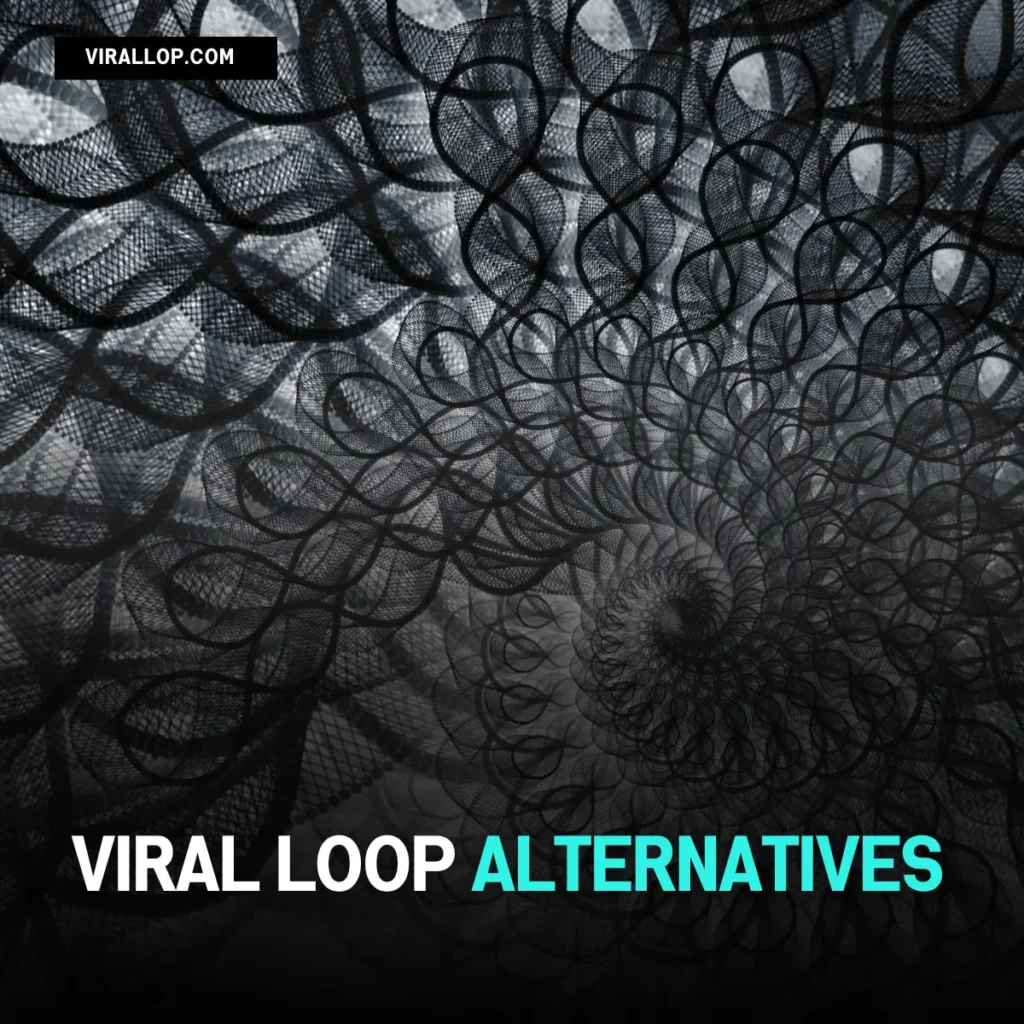
Viral Loop vs. Alternatives: Side-by-Side
| Tactic | Channel Type | Speed | Cost | Best For |
|---|---|---|---|---|
| Viral Loop | Organic / Product | Fast (if viral) | Low | Social apps, P2P products |
| Content Marketing | Organic | Slow/Steady | Low-Mid | SaaS, services, info products |
| Paid Ads | Paid | Fast | High | DTC, eCom, lead gen |
| Product-Led Growth | Product | Med-Fast | Low-Mid | SaaS, tools |
| Influencer Marketing | Paid/Organic | Fast-Med | Varies | DTC, apps, consumer brands |
| Affiliate Marketing | Paid (commission) | Med-Fast | Low-Risk | SaaS, high-ticket, info biz |
| Email/Retention Funnels | Owned channel | Med | Low | Subscriptions, eCom |
| Community-Led Growth | Organic | Slow-Growth | Low | Education, B2B, creators |
1. Content Marketing (SEO + Education)
📌 Best for: SaaS, DTC, coaching, services
Build traffic and trust by teaching before you sell.
- Write blog posts (like this one!) that solve real problems
- Create lead magnets: checklists, ebooks, webinars
- Use NLP-friendly content to rank on Google
Example:
Notion uses SEO-rich templates and tutorials to attract new users passively—no referrals needed.
2. Paid Acquisition (Performance Marketing)
📌 Best for: Brands with clear margins and fast testing cycles
Use paid channels to buy traffic and convert with sharp offers.
- Facebook & Instagram ads
- Google Search campaigns
- TikTok or YouTube Shorts + retargeting
Pro tip: Run A/B tests on creatives, landing pages, and CTA buttons. Use tools like Meta Ads Manager, Google Ads, or Triple Whale for attribution.
3. Product-Led Growth (PLG)
📌 Best for: SaaS or freemium platforms
Let users experience value before they buy.
- Offer a generous free tier or trial
- Nudge users toward “aha moments” inside the app
- Turn power users into ambassadors organically
Example:
Slack lets you use it for free until you hit team limits. It grows because people love using it—not because someone sent a referral link.
4. Influencer & Creator Partnerships
📌 Best for: Consumer products, apps, DTC brands
Instead of relying on users to spread the word, partner with people who already have an audience.
- Micro-influencers (1K–100K) often have better trust and ROI
- Let creators demo your product authentically
- Track with custom UTM links or coupon codes
Example:
Glossier exploded by partnering with relatable creators instead of celebrities. It wasn’t viral; it was strategic distribution.
5. Affiliate Marketing
📌 Best for: High-margin or info products, SaaS, courses
Build a network of people who get paid to send you customers.
- Use platforms like PartnerStack, Refersion, or Tapfiliate
- Offer recurring commissions (e.g., 30% monthly on active subs)
- Ideal for bloggers, YouTubers, and niche communities
Difference from viral loops:
This is structured and predictable, not user-driven. Think of it as your outsourced sales army.
6. Lifecycle Email & Retention Funnels
📌 Best for: Subscription models, apps, eCom stores
Focus less on acquisition—and more on getting more from your existing users.
- Welcome emails → Onboarding → Usage nudges → Upsells
- Cart recovery + loyalty programs
- Win-back campaigns and milestone rewards
Tools to try: Klaviyo, Customer.io, PostPilot (for direct mail)
7. Community-Led Growth
📌 Best for: Coaches, creators, B2B, open-source
Create a space where users support, learn from, and hype up each other.
- Slack/Discord communities
- Private Facebook Groups or Circle.so platforms
- Live AMAs, office hours, group challenges
Example:
Webflow built a rabid community of designers—who then became teachers, advocates, and promoters. It wasn’t viral—it was tribal.
Conclusion:
Viral loops are great for fast, organic growth—but they’re not the only way to scale. If your product doesn’t naturally lend itself to referrals, you’ve got strong alternatives like content marketing, paid ads, influencer partnerships, affiliate programs, product-led growth, and community building. The key is to choose what fits your audience, product, and resources best. Start with one or two strategies, test, and build a growth engine that works—even without going viral.
